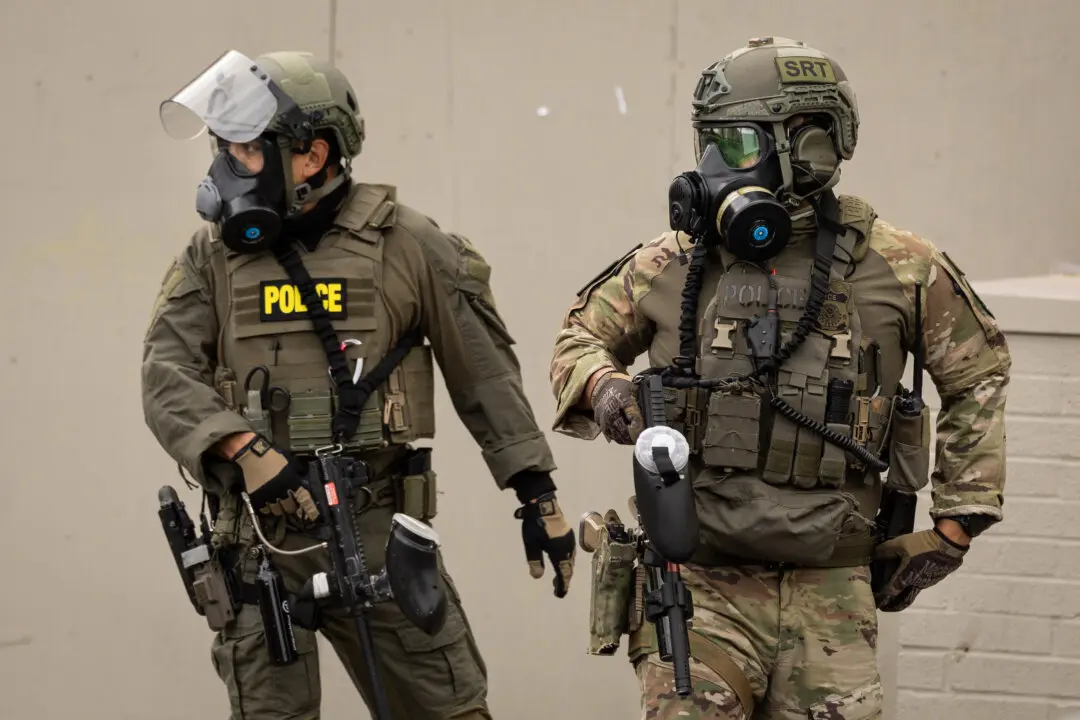The U.S. Food and Drug Administration (FDA) has started creating an active post-market surveillance system for medical devices that can help the agency identify faulty equipment and take necessary action such as recalls, according to a recent report by the Government Accountability Office (GAO).
“More than 1.7 million injuries and 83,000 deaths in the United States over a 10-year period were potentially linked to medical devices,” the Aug. 15 report said, citing a 2018 investigation by the International Consortium of Investigative Journalists.





